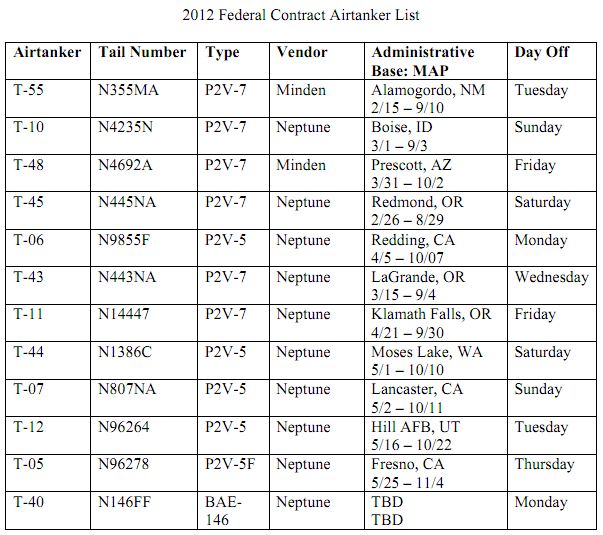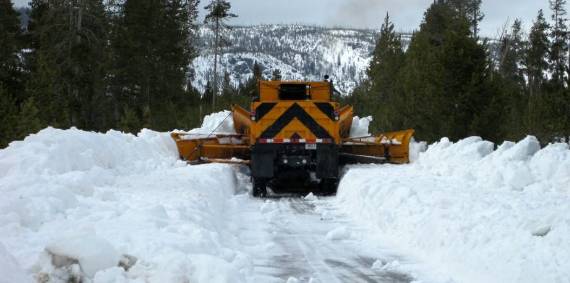 The family that lost their son, Trampus Haskvitz, to a wildfire last year was so impressed with the support they received from the Wildland Firefighter Foundation that they are helping to organize a fund raiser for the organization. Here is a message from them and others asking for us to contribute.
The family that lost their son, Trampus Haskvitz, to a wildfire last year was so impressed with the support they received from the Wildland Firefighter Foundation that they are helping to organize a fund raiser for the organization. Here is a message from them and others asking for us to contribute.
=================================================
Dear Firefighters,
On August 11, 2011, South Dakota lost a brave Wildland Firefighter in the Coal Canyon Fire near Edgemont, South Dakota.
Trampus S. Haskvitz was a recent graduate of Dickinson State University in Dickinson, North Dakota and was in his fifth year of firefighting based out of Hot Springs, SD with the South Dakota Wildland Fire Suppression Division as a FFT I ICT 5. He was an Engine Boss when he tragically lost his life saving others from a wildfire.
In his memory and to honor all Wildland Firefighters, his family is planning the First Annual Trampus S. Haskvitz Golf Tournament in Hot Springs, South Dakota on June 2, 2012 to raise funds for the Wildland Firefighters Foundation (WFF) based in Boise, Idaho. All proceeds collected as a result of the golf tournament will go to the WFF.
To make the golf tournament as meaningful and successful for the Wildland Firefighters Foundation as possible, Trampus’ family is respectfully soliciting donations from the fire community. Any merchandise, gift certificates or cash will be gratefully accepted. Cash donations can be sent directly to the 1st Annual Trampus S Haskvitz Golf Tournament at Wells Fargo Bank in Hot Springs SD. Questions or concerns about merchandise and gift certificates, please contact Jim Stevens Chief of the Hot Springs VFD.
The mission of the Wildland Firefighter Foundation is to honor past, present, and future Wildland firefighters. The Foundation helps maintain and grow the national monument established for those who have lost their lives in Wildland fires and to operate a financial fund providing assistance to the families of fallen and injured Wildland firefighters. In addition, the Foundation partners with private and interagency organizations to educate the public about Wildland fires and to promote excellence and safety in firefighting.
Trampus’ family and his firefighting colleagues in Hot Springs would like to thank you in advance for any support you can provide this annual event. It promises to be an exciting and fun weekend in the Black Hills of South Dakota and you can make a very positive impact on the Wildland Firefighting Community with your support.
Compassion Spreads Like Wildfire.
Respectfully,
Trampus’ Family: Don, LuJean, Benjamin, Betsy and John Haskvitz
Jim Strain, Assistant Chief of Operations, South Dakota Division of Wildland Fire Suppression; Office Phone: 605-393-8114, for any questions or concerns.
Jim Stevens, Chief of the Hot Springs VFD; Cell #: 605-890-2124, for any questions concerning merchandise and gift certificates.
P.S. We will be putting the information to register for the 1st Annual Trampus S Haskvitz Golf Tournament on the internet soon and will inform you of the domain in the near future.









